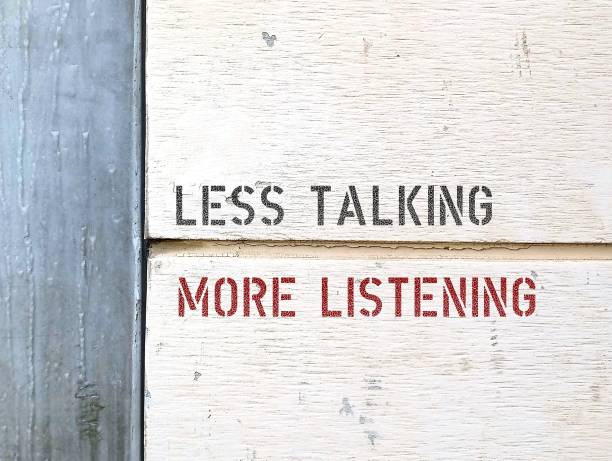Active Listening in Business Communication
- By Zenia Henckel
- April 8, 2024

How Active Listening Can Help You Establish Better Communication
Active listening is the art of fully concentrating on and comprehending what someone is saying. It requires setting aside distractions and focusing on the speaker’s message. Active listeners use nonverbal cues, such as eye contact and nodding, to show they are paying attention. Additionally, they ask questions and rephrase what they hear to ensure understanding. Active listening helps build stronger relationships, improves communication, and fosters a deeper sense of empathy and understanding.
Effective business communication requires exchanging vital information within and outside the organization. Active listening is crucial for comprehending messages, defusing conflicts, and collaborating on solutions. Extending the communication process can inspire greater understanding and success.

Techniques
Active Listening involves a set of skills that enables you to show a genuine interest in your speaker, while also gaining an in-depth understanding of their message. This approach fosters trust and builds a lasting relationship between you and your speaker. To achieve this, you need to utilize various techniques that will allow you to engage effectively in the conversation. Here are some essential points that can help you address your speaker properly through active listening:
1. Be present – To be an active listener, you need to be present in the moment. This means avoiding any distractions that may prevent you from paying attention to your speaker’s message. Give your speaker your undivided attention, and make them feel heard.
2. Avoid interrupting – Interrupting your speaker can be a hindrance to effective communication. Allow them to complete their thought and take a moment to process their message before you respond. Show that you respect their opinions and value their contributions to the conversation.
3. Use verbal and non-verbal cues – Active listening involves using both verbal and non-verbal cues to convey your listening. Nodding your head, maintaining eye-contact, and using affirmative statements such as “I understand” or “tell me more” can demonstrate your engagement in the conversation.
4. Paraphrase – To ensure that you have understood your speaker’s message correctly, it’s important to paraphrase their words. This means rewording their message in your words and reflecting their emotions to show empathy.
5. Ask questions – Asking questions is an essential part of active listening as it demonstrates your interest in their message. By asking open-ended questions, you can encourage your speaker to elaborate on their thoughts and feelings.
By employing these techniques, you can become an active listener who genuinely shows interest in your speaker’s message. This will not only help you establish a lasting relationship but also enable you to communicate effectively.

Core Principles
Active listening requires more than just being present. It is essential to give your undivided attention to the speaker and demonstrate that you are fully engaged in the conversation. Your use of body language matters more than asking questions to signal your interest in your speaker. Face the person you’re talking to and avoid looking away too often to not offend them or make them think you’re not interested in talking to them. Nodding your head, maintaining eye contact, and maintaining an open posture are some effective ways of showing that you are attentively listening to the speaker.
Moreover, it is crucial to reflect what your speaker says to understand their thoughts and feelings, and clarify their message. It is also important to encourage the speaker to elaborate on their thoughts and feelings and provide them with feedback to let them know that you are not only listening but also genuinely interested in their message.

Conclusion
Effective communication in business depends on active listening. It helps to understand the speaker’s perspective, to ask relevant questions, and to engage in constructive dialogue. Active listening fosters positive relationships with employees, customers, and partners, promoting collaboration, teamwork, and mutual understanding. Therefore, it is crucial to cultivate this skill in business communication to enhance productivity and build successful ventures.
What does it take to become a better listener, you might ask? In the following video by TED-Ed (short for education) you can learn more about how to become a better listener which will benefit both parties of the same conversation.
References
Cuncic, A., MA. (2024, February 12). 7 Active listening techniques for better communication. Verywell Mind. https://www.verywellmind.com/what-is-active-listening-3024343
Smith. (2023, February 10). 4 Types of business communication and how they benefit your business. Smith.ai. https://smith.ai/blog/types-of-business-communication
United States Institute of Peace. (n.d.). What is Active Listening? https://www.usip.org/public-education-new/what-active-listening
Opening Hours:
Monday – Thursday 8:00 – 16:00
Friday 8:00 – 15:00
Phone: +45 8198 5959
E-mail: br@sustineri.dk
Address:
Jernbanegade 27,
6000 Kolding,
Denmark
